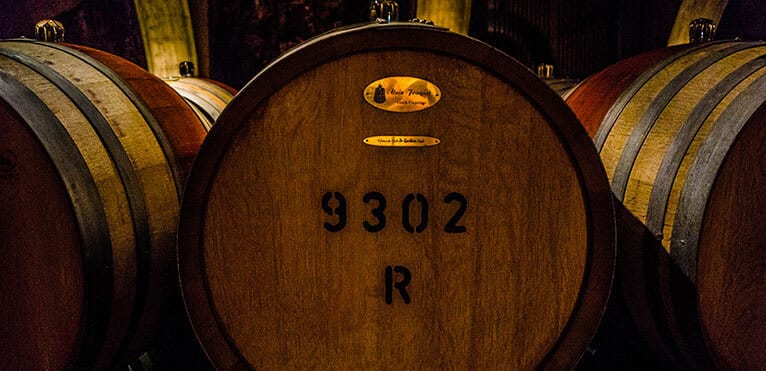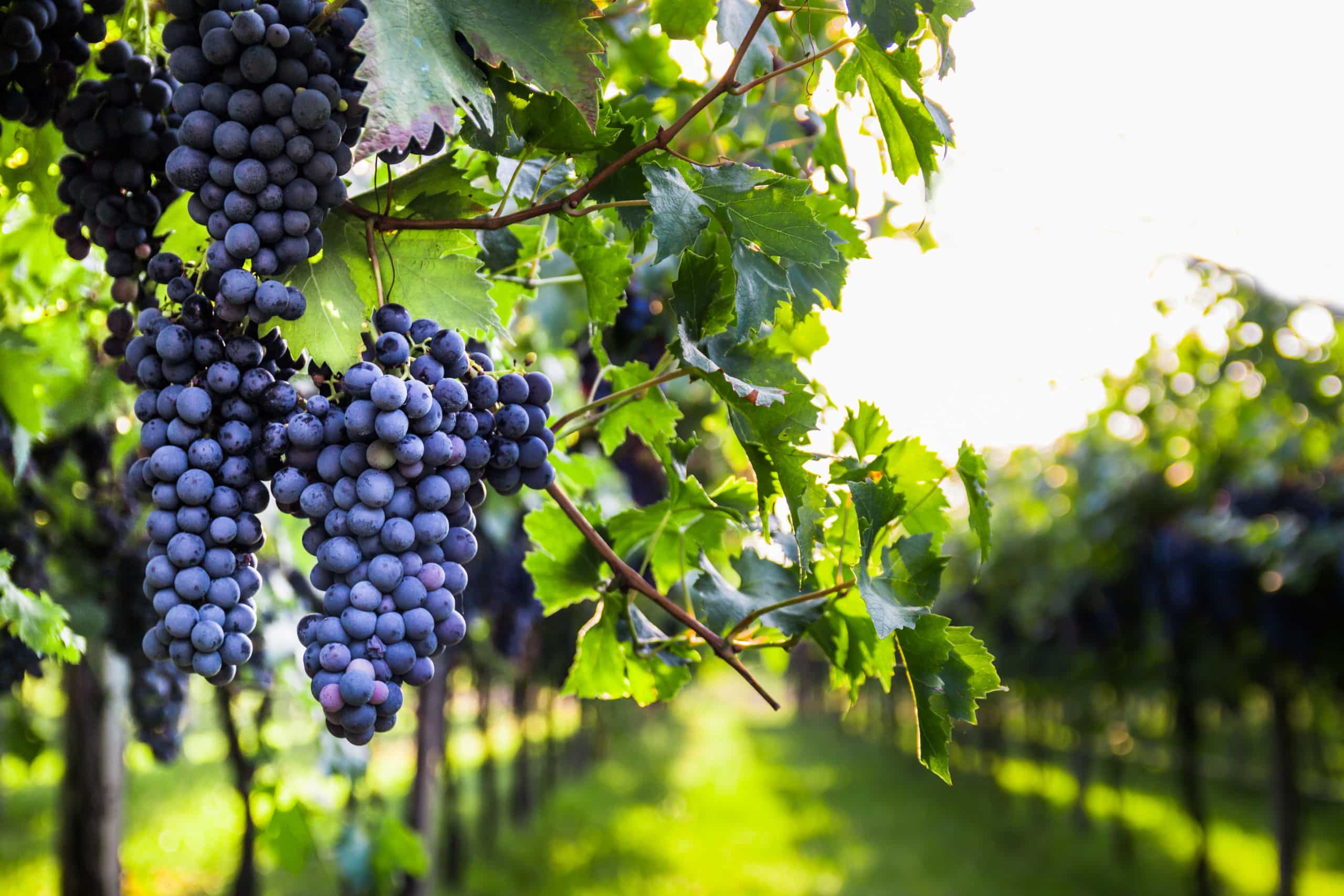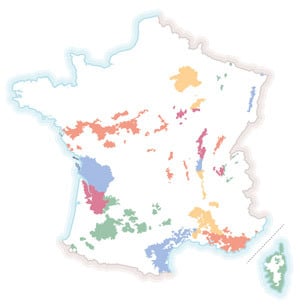
Contents
The origins of the barrel go back a few centuries before the Roman invention of Gaul. At that time, amphorae were used to transport wine. However, these are not very practical and quite fragile. So the Gauls invented a kind of barrel that was rather sturdy and easy to handle, because it could be rolled!
Today, barrels are still used, but for other purposes. It is now used for wine fermentation. Made of wood, the barrel facilitates exchange between the outside air and the wine, and stabilizes the wine’s color. The younger the wood, the higher its tannin content, so fermenting the wine in the barrel helps strengthen its tannins.
What’s more, depending on the wood chosen (there are 250 species of wood in the world) and the method used to make the barrel (notably the intensity of the final heating of the wood), the flavors that permeate the wine will be different. We can find coconut, vanilla or more or less toasted aromas.
From the 19th century onwards, the Bordeaux barrel was instituted as a barrel-shaped container that could hold 200 to 250 liters of wine. In Bordeaux, it contains 225. Today, the barrel is known by some sixty different names, depending on its region and capacity. Examples include the barrel, the piece (Burgundy), the pipe (Portugal), the muid, the quartaut…
If the wine is not aged in barrels, it is aged in traditional vats, without any contact with wood.
© Photo by Arnold Dogelis / Unsplash




